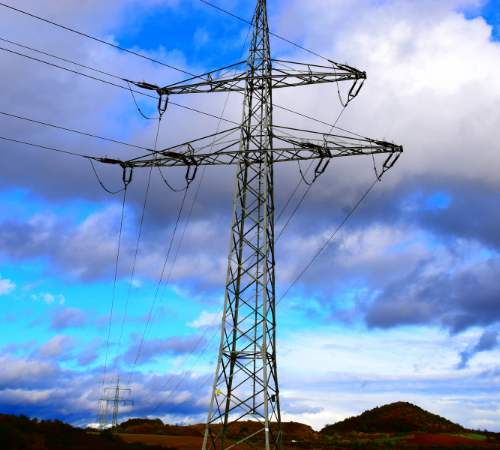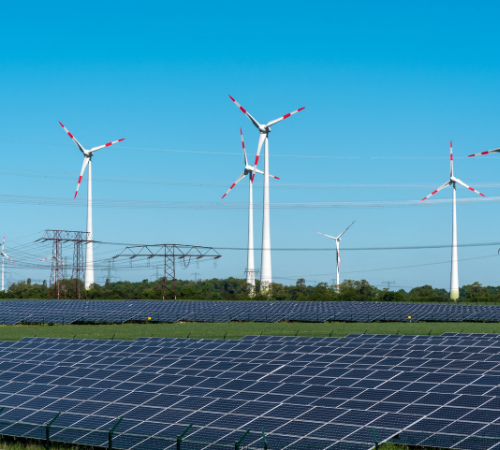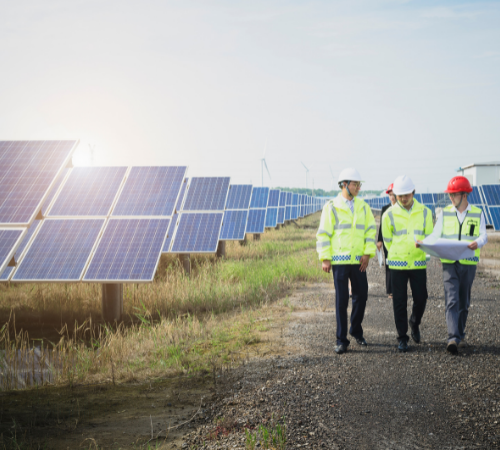In 2014, the UK Government set out its Smart Grid Vision and Roadmap, which involves revolutionising the current way that we generate and use energy. A key way to do this is by making our current grid “smart”. But what does this mean?
“Smart” technologies are rapidly on the rise, such as smart meters taking automatic energy readings, smart heating systems knowing when to turn on and off, or smart lighting knowing when somebody is in the building.
These are already having a significant impact on how we run our homes and businesses, but these technologies provide a huge opportunity for our electric grid too.
“Smart” Grids harness a huge potential and can offer a range of benefits for consumers, businesses, and other players in the wider energy industry. In fact, the UK government have estimated that unleashing the full potential of smart systems in our energy sector could reduce the costs of managing the systems by up to £10 billion a year by 2050, as well as generate 10,000 jobs.
So, whether your business is concerned about reducing costs, having greater control, or supporting low carbon and renewable technologies, then finding out more about the smart grid, and what it means for your business, could help you achieve these goals.

Before we dive into what the smart grid is, we first need to understand what exactly “the grid” is.
The grid usually refers to our electric grid, which is a network of power stations, powerlines and electricity infrastructure that delivers electricity from the power plant to your home or business.
In Great Britain, The National Grid is the company that manages the network and distribution of electricity supply.
Power is generated from different sources, in the UK and abroad. Our grid uses cables called interconnectors to connect to neighbouring countries’ electricity systems. We currently have interconnectors linking us to France, Belgium, Norway, and the Netherlands, enabling us to trade excess power.
The National Grid transports electricity at high voltage using the network of cables, pipes, pylons, and wires. The infrastructure is owned by 3 transmission companies – National Grid Electricity Transmission, Scottish Hydro Electric Transmission Ltd., and SP Energy Networks.
The National Grid ESO is responsible for operating this system, moving electricity to where it is needed, balancing supply and demand 24/7. This is particularly important, because unlike gas, electricity is harder to store.
The high voltage electricity is passed on to Distribution Network Operators (DNOs) across the country, who then convert the electricity into a lower, more manageable voltage for homes and businesses.
Energy suppliers then buy gas and electricity from generators and sell it on to homes and businesses.
Great Britain’s electricity system is one of the most sophisticated in the world, but the system is being continuously developed to make sure there is reliable power to homes and businesses. One key innovation is making the grid “smart” - but what exactly does this mean?

A smart grid is a grid that integrates world-leading technology and software to improve performance and support a low carbon future. For example, technology can be utilised to monitor and control generation and demand in near real-time, creating a more reliable, secure, and cost-effective system.
For this to happen, a smart grid relies on data about how much electricity is being produced, and energy demand.
This is why smart meters are so important. Smart meters are an integral part of the smart grid as they provide this important two-way communication between the system and the end-consumers.
There are a number of benefits to making our grid smart. Three key benefits include greater information and control for consumers, enabling the shift to renewable energy, and allowing for a more reliable, efficient grid,
As discussed, one of the key features of a smart grid is two-way communication. This means that real-time usage data from homes and businesses can be sent back to energy suppliers via smart meters. There are many advantages of the two-way dialogue brought about by smart meters. One key benefit is that you will only pay for the energy you use, rather than being billed based on estimated readings.
As well as this, consumers can monitor their electrical usage as it occurs, which can help to both reduce energy consumption, and save money.
Previously, the national grid used to be supplied by around 80 enormous fossil-fuel power stations, which allow for a constant flow of electricity. This meant that the grid was designed in such a way where power had to be delivered immediately to the grid, or it was wasted.
Now, we are drawing energy from an increasing number of smaller providers, such as over a million small and local grid suppliers using renewable forms of energy generation, such as wind turbines, hydro, and solar. However, renewable forms of energy like wind and solar are variable (i.e. the wind doesn’t always blow, and the sun doesn’t always shine), which can create supply and demand issues in our electric grid design.
This is where the smart grid can help the shift towards renewable energy use. The two-way communication in the smart grid can be valuable to maintain the reliability of the electricity system, even when variable energy sources are used. For example, if energy supply begins to fall below demand, then a power plant could be fired up to bridge this gap.
As well as this, recent developments in battery energy storage systems allow energy from sustainable sources to be captured and stored, which can also help balance supply and demand.
For the grid to function correctly, the supply and demand of energy needs to be balanced, which is usually achieved by the National Grid asking generators to turn power up or down, in line with peaks and troughs in demand. However, if forecasts are inaccurate, this could mean that there is too much power, or not enough power on the system, which can result in problems like blackouts.
Smart grid technology can minimise this risk, as it can help monitor and predict energy supply, rather than rely on consumers to report problems. For example, if an area is affected by an unforeseen circumstance and it loses power, the smart grid can detect this, and automatically re-route power via an alternative route.

Overall, there are many key functions of the smart grid that will result in a more beneficial electricity delivery system for the whole of the UK. But what benefits does the smart grid bring to your SME?

One of the ways that you can help facilitate the movement towards a smarter grid is by getting a smart meter. This is one of the key parts of the smart grid, enabling that important communication between your business, the grid, and your energy supplier.
This gives your business greater information and control, as well as the opportunity to help reduce your carbon footprint, only pay for the energy you use, and support the wider benefits of the smart grid.
At Valda Energy, we are dedicated to helping our SME customers contribute to a more cost-effective, sustainable world, and that starts with our tariff. Our Valda SmartChoice tariff is built around control over your energy consumption and spend, and our tailored Valda Energy app allows you to access your energy-usage data round the clock.
If you want to play your part in the movement towards a smarter, greener grid then contact us or get a quote today.